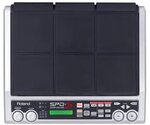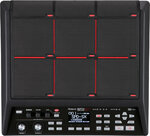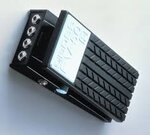rajaram04
Advanced Member level 3
Hello sir
here i am posting a hand made circuit digram schematic

Here A & B are output from a music player or a cellphone or any small amplifier
T is any NPN transistor say BC 548 or 2N3055 etc
D is photo diode to sense IR rays just placed in front of it
L is the IR LED powered from an external battery & placed in front of photodiode
& right part is OUT which is fed direct to speakers or any amplifier as per input configurations
Now problem i have here is the distortion in the output of the circuitry
how to overcome the problem ? please rectify it
here i am posting a hand made circuit digram schematic

Here A & B are output from a music player or a cellphone or any small amplifier
T is any NPN transistor say BC 548 or 2N3055 etc
D is photo diode to sense IR rays just placed in front of it
L is the IR LED powered from an external battery & placed in front of photodiode
& right part is OUT which is fed direct to speakers or any amplifier as per input configurations
Now problem i have here is the distortion in the output of the circuitry
how to overcome the problem ? please rectify it



